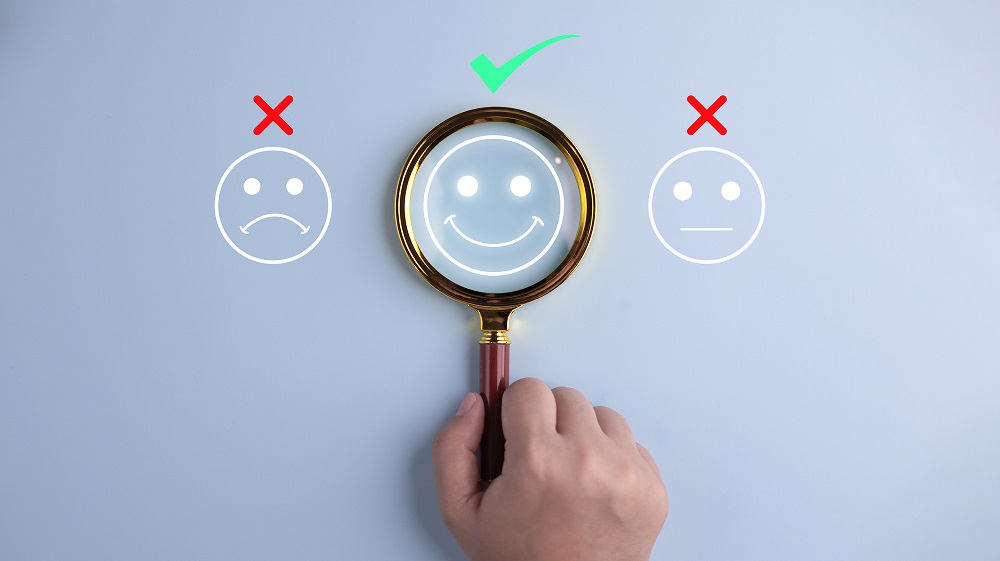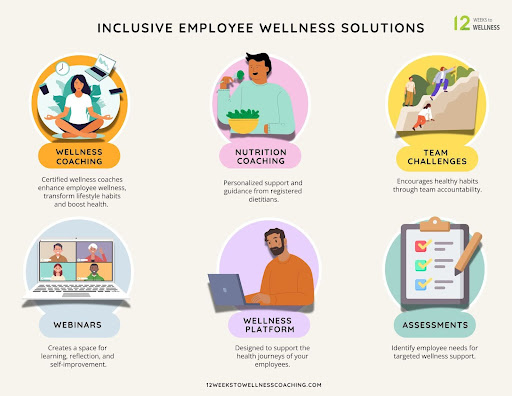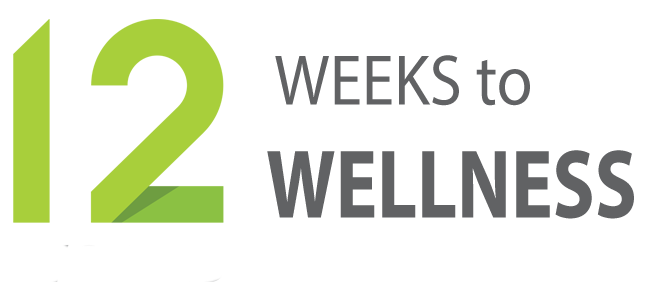
Wellness assessments are often the unsung heroes of an effective corporate wellness strategy. By gathering data on employees’ health risks, lifestyle choices, and personal goals, organizations can design more targeted interventions that yield better outcomes for both individuals and the business as a whole. For HR professionals and organizational leaders, understanding the crucial role of these assessments can mean the difference between a wellness program that merely exists—and one that truly transforms lives.
Below, we’ll explore why wellness assessments matter, how they bolster accountability and engagement, and how you can integrate them into your broader well-being initiatives. Drawing insights from best practices on measuring wellness program ROI, we’ll illustrate how well-executed assessments can drive sustained, meaningful change.
What Are Wellness Assessments?
Wellness assessments typically include tools like Health Risk Assessments (HRAs), biometric screenings, and lifestyle questionnaires. These assessments help organizations gather critical data about:
- Physical Health: Blood pressure, cholesterol, body mass index (BMI), etc.
- Lifestyle Habits: Exercise frequency, dietary habits, sleep quality.
- Psychosocial Factors: Stress levels, mental well-being, and social support networks.
Key Benefits
- Data-Driven Insights: Identifying which health risks are most prevalent allows for focused, high-impact interventions.
- Personalized Feedback: Participants receive information tailored to their unique needs, fueling motivation and accountability.
- Ongoing Progress Tracking: Repeated assessments over time reveal trends, highlight improvements, and pinpoint areas needing more support.
Why It Matters for HR and Leaders
- Resource Allocation & Prioritization
Rather than scattering efforts on generic programs, HR can invest in the initiatives most relevant to their workforce. For instance, if assessments reveal high stress levels, leaders might prioritize mental health resources or stress management workshops. - Customized Program Design
Assessments make it easier to personalize interventions—like targeted coaching, nutrition guidance, or specialized team challenges—rather than offering a one-size-fits-all approach. - Clear Benchmarking & ROI
Consistent assessments allow you to track year-over-year changes in health metrics, absenteeism, and overall engagement, painting a clearer picture of program effectiveness. - Data-Driven Leadership Decisions
Leaders can use assessment data to make strategic decisions on benefits, policy adjustments, and future investments—ensuring wellness remains aligned with the organization’s broader objectives.
The Role of Wellness Assessments in Building Accountability & Healthy Habits
Assessments don’t just inform leadership—they empower employees, too.
- Personalized Roadmaps
When employees receive immediate, individualized feedback, they’re more likely to recognize and take steps toward improving their health. This sense of ownership is key for lasting change. - Motivation & Milestone Tracking
Knowing their baseline metrics (e.g., blood pressure or cholesterol levels) prompts employees to set specific goals. Follow-up assessments become checkpoints, fueling motivation to maintain or improve results. - Community and Peer Support
Sharing group-level aggregate data can spark collective awareness—e.g., “We have a high percentage of employees struggling with stress. Let’s tackle this together!” This creates a supportive environment for behavior change. - Ongoing Improvement Loop
Assessments conducted quarterly or annually help organizations refine their wellness programs, scaling what works and scrapping what doesn’t. Over time, this cycle leads to continuous improvement in both programming and outcomes.
Practical Tips for HR and Organizational Leaders
- Choose the Right Tools
- Select validated, user-friendly assessment tools that capture relevant data without overwhelming participants.
- Consider digital platforms that offer immediate feedback and integrate with broader wellness technologies.
- Maintain Confidentiality & Trust
- Clearly communicate privacy measures and data usage.
- Emphasize that individual results remain confidential and only aggregated data is shared at the organizational level.
- Make It Accessible & Convenient
- Offer assessments during work hours or provide flexible options for remote or shift workers.
- Ensure online assessments are mobile-friendly and easy to navigate.
- Foster a Supportive Culture
- Encourage leaders and managers to participate and share their own journeys.
- Integrate assessments into existing well-being activities, reinforcing that they’re part of a larger support system, not a one-off event.
- Close the Loop with Action Steps
- Don’t let assessment data sit unused. Create clear follow-up processes, such as automated referrals to coaching or invitations to wellness webinars based on specific needs.
The Business Case: Measurable ROI
- Pinpoint High-Impact Interventions
Assessments highlight top risk areas—like hypertension or obesity—allowing targeted interventions that yield more significant health improvements and cost savings. - Track Improvements Over Time
Yearly or biannual assessments measure progress, demonstrating how your program lowers high-risk metrics, reduces claims, and curbs absenteeism. - Performance & Productivity Gains
Healthier employees tend to have better focus, higher energy, and greater job satisfaction, contributing to overall organizational success. - Enhanced Employee Engagement & Retention
When employees see tangible improvements in their well-being—and feel genuinely cared for by their employer—they’re more likely to stay, recommend the company, and maintain higher levels of engagement.
Bringing It All Together: Our Comprehensive Service Offerings
Wellness assessments are a key component of our six integrated services, each working together to support employee health and resilience. The graphic below illustrates how assessments link seamlessly with other pillars of a robust wellness strategy:

Ready to Make Every Wellness Dollar Count?
- Schedule a Consultation with our team to see how assessments—and our full suite of services—can elevate your organization’s well-being strategy.
Don’t let your wellness program run on guesswork. By leveraging effective assessments, you’ll equip your workforce with the tools and guidance they need for lasting, meaningful change—ultimately fostering a culture where health and resilience thrive.
Author: Emma Carpenter
President and Workplace Wellness Strategist, BSC, Health Promotion
Emma has over 20 years of experience in the area of leadership and workplace health promotion and has worked with many private sector and public organizations in Canada and Europe helping them build a health promoting culture and design custom wellness solutions. Emma is passionate about designing workplace wellness solutions that help people reach their full potential by empowering them and giving them confidence and tools to make lasting lifestyle changes.
